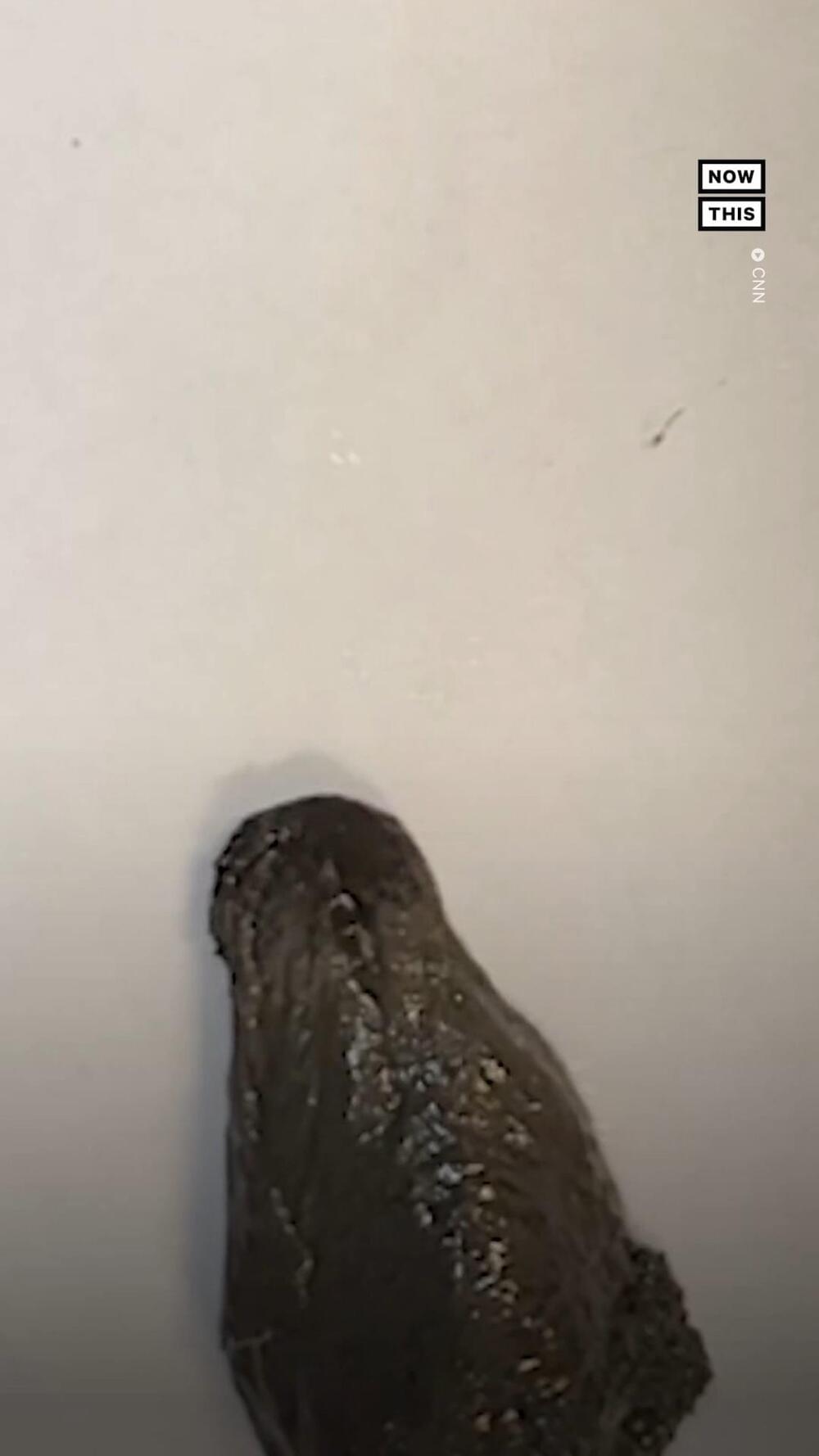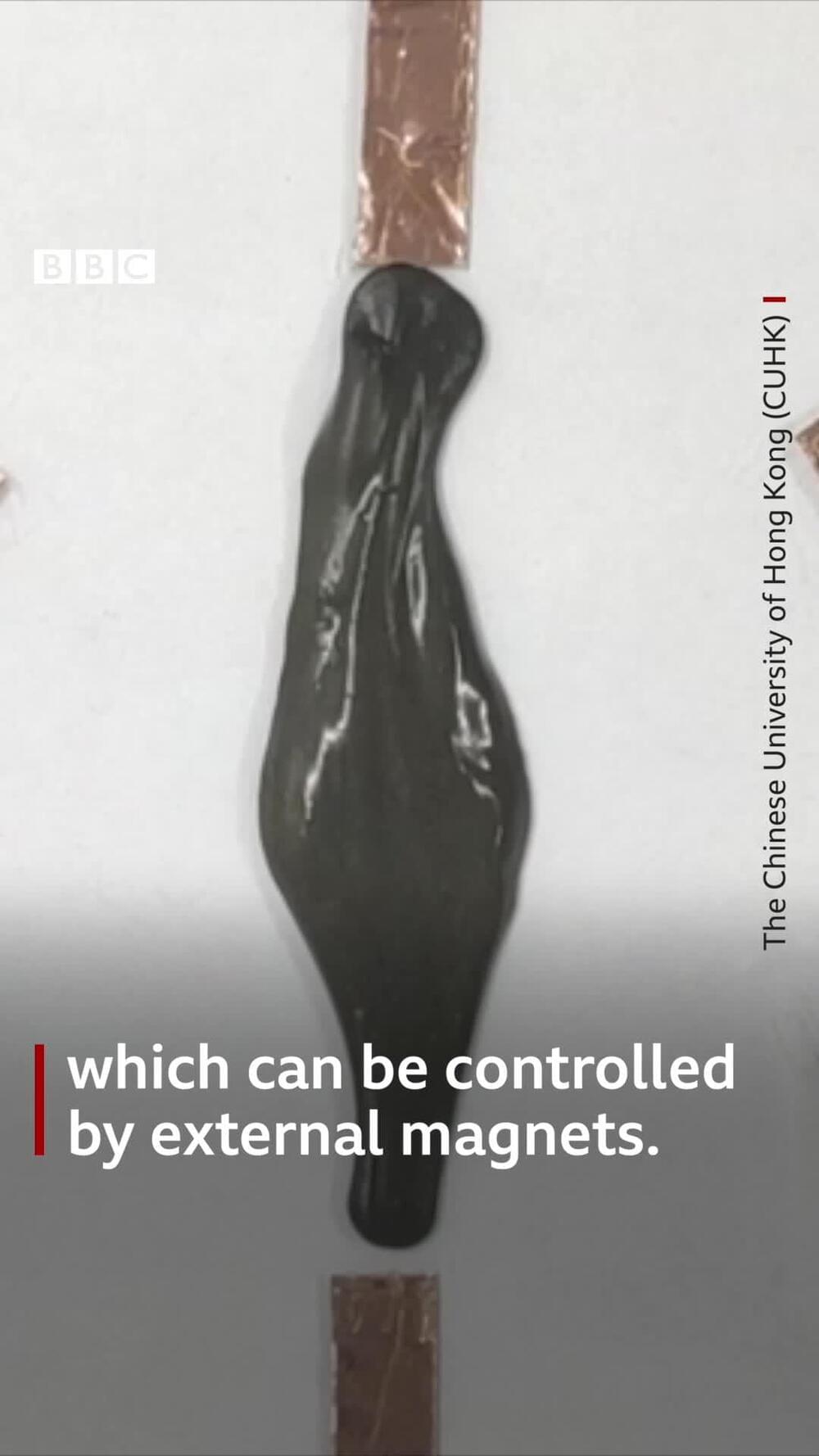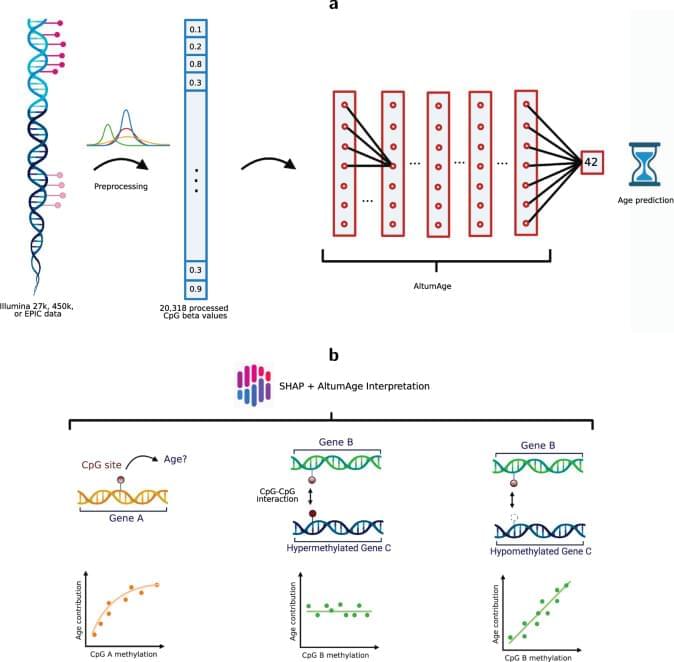Page 5188
Apr 25, 2022
You haven’t seen a sandbox quite like this one
Posted by Shane Hinshaw in categories: augmented reality, mapping
Weber State’s new augmented reality sandbox uses 3D sensors and a projector to instantly display topographic maps on to the sand. The display moves with the sand, adjusting for different elevations, features, and weather events.
Apr 25, 2022
Developers hope their ‘slime robot’ will one day be used to help find items that have been swallowed by accident
Posted by Muhammad Furqan in category: robotics/AI
Apr 25, 2022
A pan-tissue DNA-methylation epigenetic clock based on deep learning
Posted by Kelvin Dafiaghor in categories: biotech/medical, genetics, robotics/AI
Next, we aimed to determine whether the model type, i.e., a linear regression vs. a neural network, would significantly impact the performance. We, therefore, compared the aforementioned linear models with the neural network AltumAge using the same set of features. AltumAge outperformed the respective linear model with Horvath’s 353 CpG sites (MAE = 2.425 vs. 3.011, MSE = 32.732 vs. 46.867) and ElasticNet-selected 903 CpG sites (MAE = 2.302 vs. 2.621, MSE = 30.455 vs. 39.198). This result shows that AltumAge outperforms linear models given the same training data and set of features.
Lastly, to compare the effect of the different sets of CpG sites, we trained AltumAge with all 20,318 CpG sites available and compared the results from the smaller sets of CpG sites obtained above. There is a gradual improvement in performance for AltumAge by expanding the feature set from Horvath’s 353 sites (MAE = 2.425, MSE = 32.732) to 903 ElasticNet-selected CpG sites (MAE = 2.302, MSE = 30.455) to all 20,318 CpG sites (MAE = 2.153, MSE = 29.486). This result suggests that the expanded feature set helps improve the performance, likely because relevant information in the epigenome is not entirely captured by the CpG sites selected by an ElasticNet model.
Overall, these results indicate that even though more data samples lower the prediction error, AltumAge’s performance improvement is greater than the increased data effect. Indeed, the lower error of AltumAge when compared to the ElaticNet is robust to other data splits (Alpaydin’s Combined 5x2cv F test p-value = 9.71e−5).
Apr 25, 2022
Cryonics Institute’s Annual General Meeting 2022
Posted by Heather Blevins in categories: cryonics, life extension
Sun, Sep 11 at 12 PM CDT.
This is an invitation to the Annual General Meeting of the Cryonics Institute & the Immortalist Society.
The Cryonics Institute’s Annual General Meeting (AGM) will be held on Sunday, September 11th 2022 from 3:00pm to 6:30pm at the Infinity Hall & Sidebar 16,650 E. 14 Mile Rd, Fraser, MI 48,026 (USA). For more information visit www.infinityhallsidebar.com
Continue reading “Cryonics Institute’s Annual General Meeting 2022” »
Apr 25, 2022
7 Newly Discovered Animal Species That Were Hiding in Plain Sight
Posted by Shubham Ghosh Roy in category: futurism
Monkeys, mice, and sea sponges: these creatures are new to science, but they’ve been living right under our noses. Here are 7 spectacular tales of discovery.
Apr 25, 2022
Some travelers, faced with fewer colds, will still mask in flight
Posted by Shubham Ghosh Roy in category: futurism
Some frequent travelers noticed they got sick less often during the federal mask mandate for air travel. Despite the end of the mandate, some fliers say they will continue to wear masks.
Apr 25, 2022
Gene-edited wheat resists dreaded fungus without pesticides
Posted by Shubham Ghosh Roy in categories: biotech/medical, genetics
Apr 25, 2022
When did the dinosaurs go extinct?
Posted by Shubham Ghosh Roy in categories: asteroid/comet impacts, existential risks
The end, when it came, came suddenly. An asteroid or comet 10 kilometres across slammed into the Gulf of Mexico, gouging a 180-kilometre crater and unleashing firestorms, eruptions and mega-tsunamis across the globe. The debris blocked out the Sun for years. The dinosaurs – and the other 75 per cent of life that went down with them – didn’t stand a chance.
The story of the demise of the dinosaurs 65 million years ago is well known. But that of their origin is less so. Dinosaurs were the dominant animals on land for at least 135 million years, the longest reign of any group. Had the impact not happened, they might still be in control. Where did these magnificent beasts come from?
Apr 25, 2022
Fly-eyed lens array captures dim objects missed by giant telescopes
Posted by Shubham Ghosh Roy in category: cosmology
Upgraded Dragonfly will study how dark matter shapes diffuse galaxies and faint tendrils of gas.


















